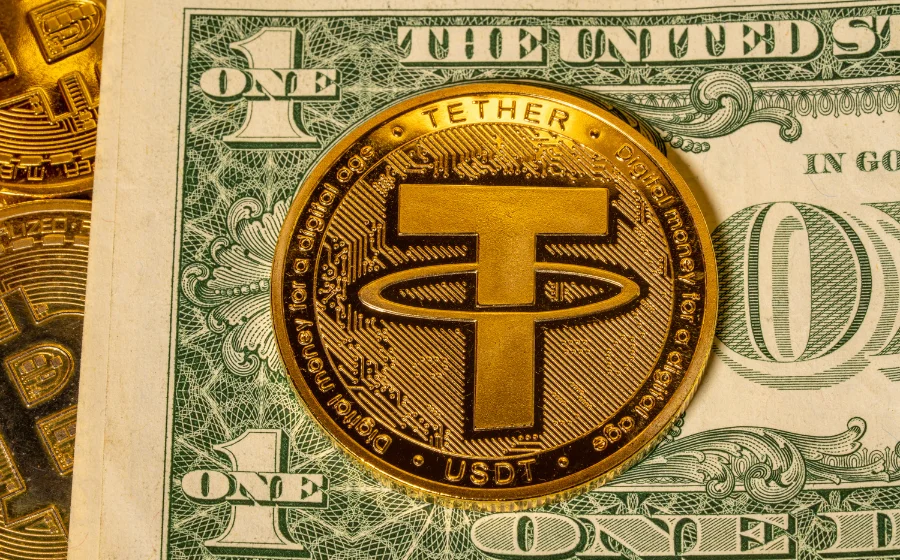
KEYTAKEAWAYS
- Transaction Fees are not arbitrary — they reward miners or validators, protect the network, and ensure fair resource allocation within decentralized systems.
- Fee amounts depend on transaction size, complexity, and network congestion, allowing users to balance cost and speed for efficient blockchain participation.
- Understanding Transaction Fees helps users optimize costs, prevent spam, and maintain blockchain scalability, security, and long-term sustainability.

CONTENT
Transaction Fees are essential to blockchain security and efficiency. Learn how they’re calculated, why they matter, and how they keep decentralized networks running smoothly.

WHAT ARE BLOCKCHAIN TRANSACTION FEES?
In the world of blockchain, Transaction Fees play a vital role in keeping the network secure, efficient, and fair. They’re not just random charges — they’re the backbone of how transactions get processed and prioritized.
At their core, blockchain transaction fees are the payments users make to miners or validators for confirming and securing transactions on the network. These participants dedicate computational power (in Proof-of-Work systems) or staked assets (in Proof-of-Stake systems) to maintain the integrity of the chain. In return, Transaction Fees act as their incentive — rewarding them for protecting the system and ensuring smooth operation.
Without these fees, the blockchain could easily become congested with low-value or spam transactions. By requiring a small cost per transaction, the network naturally filters out unnecessary activity and ensures that resources are allocated efficiently. During periods of high demand, users can voluntarily pay higher fees to speed up confirmation, creating a market-driven system of prioritization.
🚩 Transaction Fees serve several crucial purposes within the blockchain ecosystem:
- They reward miners or validators, maintaining network security and incentivizing honest participation.
- They prevent spam or malicious attacks by attaching a cost to every transaction.
- They help prioritize transactions during network congestion, ensuring that urgent transfers are processed faster.
- They sustain decentralization, allowing the system to remain self-regulated without relying on a central authority.
- They align network usage with available resources, promoting long-term efficiency and fairness.
Understanding how Transaction Fees work isn’t just technical trivia — it’s essential knowledge for anyone engaging with blockchain. Whether you’re sending crypto, minting NFTs, or interacting with DeFi platforms, fees determine how quickly your transaction clears and how much value you contribute to the network’s overall stability.
>>> More to read: What is Bitcoin’s Fee-to-Reward Ratio?
HOW ARE BLOCKCHAIN TRANSACTION FEES CALCULATED?
On a blockchain, Transaction Fees aren’t random or fixed — they’re determined by how much network power your transaction consumes and how busy the network is at that moment. In other words, Transaction Fees represent a dynamic balance between network resource demand and transaction complexity.
🔍 Generally, the calculation of fees depends on two key factors:
📌 Transaction size and complexity
Larger or more complex transactions (for example, those involving multiple inputs, outputs, or smart contracts) require more computation and storage, leading to higher fees.
📌 Current network demand
When the blockchain network is congested, users often pay higher fees to get their transactions confirmed faster. Conversely, when the network is less active, fees tend to drop significantly.
In most blockchains, Transaction Fees are denominated in the network’s native cryptocurrency (such as BTC for Bitcoin or ETH for Ethereum) and adjust dynamically based on real-time network conditions. Some blockchains use fixed-rate fee structures, while others rely on market-based mechanisms where supply and demand determine the price.
Understanding what influences Transaction Fees helps users better manage costs and optimize their transactions. The main factors include:
- Transaction data size (measured in bytes)
- Network congestion and overall activity levels
- Transaction priority — users can set custom fees to speed up processing
- Fee model or algorithm used by the blockchain
- Complexity of smart contracts or scripts
In short, understanding how Transaction Fees are calculated helps you strike the right balance between cost and speed, allowing for more efficient and cost-effective participation in blockchain networks.
>>> More to read: What Are Gas Fees? How Do They Work?
WHY ARE TRANSACTION FEES ESSENTIAL TO THE BLOCKCHAIN ECOSYSTEM?
In the blockchain world, Transaction Fees play a fundamental role in maintaining both the security and functionality of decentralized networks. By rewarding miners or validators, these fees serve as economic incentives that keep participants motivated to validate transactions and protect the network from malicious activity. Without these rewards, the system could quickly become vulnerable to attacks or performance degradation.
Beyond security, Transaction Fees act as a built-in safeguard against network abuse. By attaching a cost to every on-chain action, they discourage spam or low-value transactions that could otherwise overload the system. This mechanism ensures that network resources are used efficiently and that legitimate transactions can be processed in a timely manner. In doing so, fees enhance both the scalability and sustainability of blockchain technology.
▶ The importance of Transaction Fees can be seen through several key functions:
✅ They ensure network security by incentivizing validators or miners to act honestly.
✅ They prevent spam and malicious activity by imposing an operational cost on every transaction.
✅ They encourage efficient resource utilization, ensuring the network remains stable even during high demand.
✅ They maintain fairness by prioritizing transactions based on user-defined fees.
✅ They support the long-term sustainability of decentralized ecosystems through a self-balancing economic model.
✏️ Conclusion
Transaction Fees are an integral part of every decentralized network — they serve as both a security layer and a market-based mechanism for resource allocation. Understanding how these fees are calculated and what influences them empowers users to optimize their transactions and reduce unnecessary costs. Whether you’re a casual user or an active participant in the blockchain ecosystem, mastering Transaction Fees is key to navigating the system efficiently and making the most of blockchain’s full potential.

















